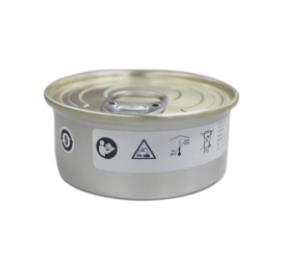Alert fatigue can have serious psychological effects on the minds of clinicians. Studies show that 72% to 99% of alerts are false, leading to alert fatigue. Alert fatigue occurs when clinicians frequently encounter alerts during patient care and become increasingly insensitive to them, making action less likely at critical moments. This rate of false positives is staggering, and may explain why we find the same alert tone on your phone becomes less effective in waking you up every morning.
After we’ve checked the oxygen sensor, we’re back to alert fatigue. Oxygen sensors allow clinicians to understand how much oxygen is being delivered to the patient during ventilation, preventing hypoxia, hypoxemia, or oxygen toxicity. An oxygen sensor is one of those “when you need it to work, it should work” device.
At best, a bad oxygen sensor is a quick change for nurses or respiratory therapists and biomedics. In a worst-case scenario, it can lead to undesirable outcomes—unfortunately, these are not unheard of.
There are different types of medical oxygen sensors, the most common being a galvanic cell with an electrolyte with a cathode and an anode; it reacts with a small amount of oxygen flowing through the ventilator, producing an electrical output proportional to the amount of oxygen (see here working principle). Other technologies for sensing oxygen in medical applications may use paramagnetic or ultrasonic technology, each of which has its own advantages and disadvantages and may be a great choice for one application but not another . Of course, optical sensors and electrochemical sensors are outside the scope of this topic when you look at other industrial applications like automotive or dissolved oxygen sensing.
With the design and manufacture of numerous ventilators and medical equipment and the use of different therapies, the demand for oxygen remains the same. No matter which therapy you’re considering, oxygen sensors are always critical for allowing clinicians to observe critical data. This data is essential so clinicians can decide whether to increase or decrease the amount of oxygen delivered to the patient. Depending on the situation, the patient may need 100% oxygen, or they may need much lower oxygen; the important thing is that oxygen requirements can change at any time. Weaning protocols (best practice protocols designed to gradually wean patients off mechanical ventilation) are so common that clinicians can find it difficult to provide optimal care without knowing how much oxygen is being delivered.
Post time: Aug-16-2022


